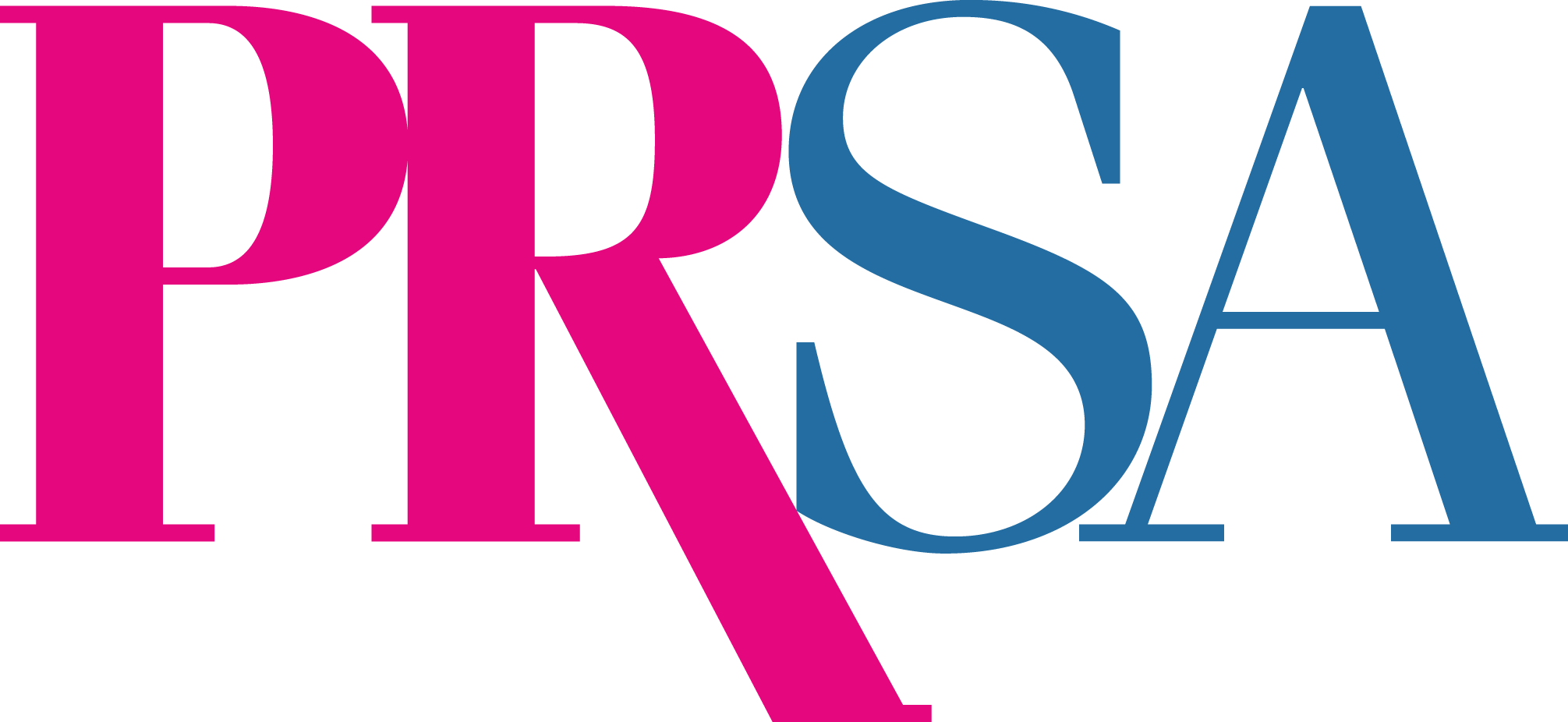How to Market Your Book
By Rob Biesenbach
April 2023
The biggest marketing mistake I see new authors make is an announcement along the lines of, “My book comes out tomorrow — any thoughts on how to get the word out?”
Unfortunately, if people are hearing about your book for the first time on the eve of its launch — and you’re just starting to think about how to promote it — then you’re at least six months behind. This is by no means an “if you build it, they will come” situation.
So as we continue our discussion this year about bringing a book into the world (past columns covered conceiving, writing and publishing), the most important takeaway about marketing is that it takes a lot of advance planning.
In fact, some of the most critical marketing decisions happen at the writing and production phases.
Target your audience.
As with any communication, your target audience can’t just be “everybody.” So before you even start writing, think hard about your ideal reader’s occupation, demographics, pain points, knowledge level and interests. The better you know them, the more relevant your book’s content and marketing will be.
Nail the cover and title.
The cover is the first thing people see — often in thumbnail size arrayed alongside scores of other books on the same topic. So it has to be attractive, professional and must quickly convey what the book is about.
Hiring a professional book designer is a must. And as they develop mock-ups, seek informed feedback. That means people who are knowledgeable about cover design, authors in your genre and, most of all, your target buyers.
Friends and family will be happy to weigh in, but personal tastes are not a substitute for informed judgments.
The next most important element is the title. It should be active, not passive, with a clearly stated benefit for the reader. That is, after reading your book, people will be better able to do… what?
Get ahead? Beat the competition? Sell more? Persuade better? Find happiness?
See how it feels using the title in conversations, articles or presentations. If it doesn’t feel natural, then keep working on it.
Offer options.
For bigger reach, plan to release your book in multiple formats. Ebooks are popular, but physical copies still outsell them. So definitely do a paperback version. (Hardcover is expensive if you’re publishing independently.)
And consider an audiobook. It’s more work and expense (hiring a producer, narrator, etc.), but audiobook readers are a significant and enthusiastic cohort — they make up around a quarter of my buyers.
Enlist supporters.
Cultivate known experts in your field and ask them for promotional “blurbs.” Also consider inviting one to write a foreword.
Start early assembling a team of ambassadors to champion your book. Nurture them with updates, great content, social media scripts and other goodies to build engagement and help spread the word.
Offer them a free advance copy and encourage them to post a review on Amazon when it launches. Discount the price for the first week and ask them to buy a copy, as reviews from verified purchasers carry more weight with the algorithms.
The goal is to get as many reviews and sales as possible on the day of the launch, which is vital to creating momentum on Amazon.
One sad but important note about human nature: Enlist twice the number of ambassadors as you think you’ll need, because when it comes to reviews, half will inevitably fail to follow through.
And, of course, take full advantage of social media, targeted guest blog posts, podcast appearances and more. Just remember that this is content marketing. Don’t just say “please buy my book!” Give them a reason to want it by sharing useful content.
If all this sounds like a lot of work… it definitely is. But the potential rewards — for your professional reputation, your business and your sense of fulfillment — are absolutely worth it!



